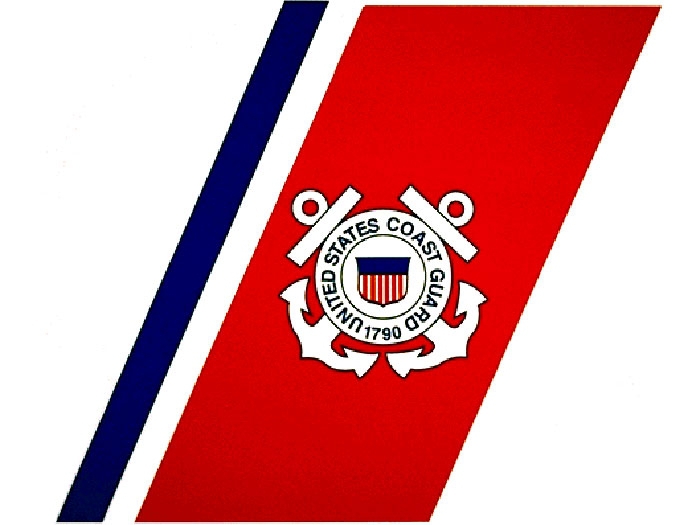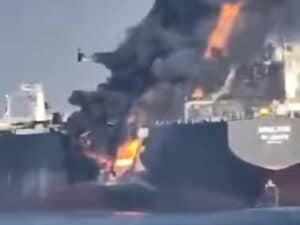
USCG warns of ethylene vapor hazards
Written by Nick Blenkey
MAY 31, 2018 —A U.S. Coast Guard Safety Alert (07-18) warns of dangers associated with leaks of ethylene vapors.
During an examination of a Liquefied Gas Carrier whose cargo tanks contained ethylene vapors, Port State Control Officers (PSCOs) received alarms on their portable gas meters giving a reading of 60 to 100 parts per-million (PPM) Carbon Monoxide (CO).
A certified marine chemist traced the source of the vapors to an eight inch crack on a cargo vapor line. PSCOs initially thought the alarm was related to a combustion event and did not suspect the ethylene vapors were the source because they did not get a Lower Explosive Limit (LEL) reading on their monitors.
The chemist indicated that the LEL most likely never alarmed because of high winds on deck. He further explained that the molecular weight of ethylene (28 g/mol) was identical to the molecular weight of CO which accounted for the CO PPM readings.
Coast Guard personnel contacted the manufacturer who confirmed that gases such as methane, propane, ethylene and mercaptan, could actuate the CO sensor without ever coming into the range of the LEL limits.
A similar event occurred during an examination of another Liquefied Gas Carrier which was loading a cargo of ethylene.
While conducting training on the cargo tank top, the portable gas monitors of three PSCO team member’s began to alarm and read 60 PPM for CO. The team retreated from the tank top and discussed their suspicions of a possible ethylene vapor release with the crew since no source of CO was evident in the area.
The vessel’s crew investigated with their portable gas detection equipment and confirmed hydrocarbon readings in the vicinity of where the PSCOs received their CO alarms.
Once the crew confirmed the hydrocarbon readings, the PSC team departed the vessel and issued a COTP order restricting cargo operations until a marine chemist could identify the hydrocarbon source. The attending marine chemist was unable to duplicate the readings. However, the vessel’s crew informed the marine chemist and sector personnel that they tightened a maintenance line flange on a cargo vapor line that they suspected was the source of the vapors.
Similar to the previous incident, the LEL alarm on the portable gas monitors carried by PSCOs never alarmed likely due to the high winds on deck at the time.
As a result of these events the Coast Guard strongly reminds all surveyors, marine inspectors, port state control examiners, and any other persons utilizing portable gas monitors and detectors while working onboard on Liquefied Gas Carriers to remain acutely aware that the ethylene gas vapors can exhibit cross-sensitivity. This issue is not limited to the monitors that the Coast Guard uses but also those made by other manufacturers. Everyone using a monitor must be aware that if the CO alarm goes off it may be an indication of dangerous gases or chemical vapors and not the presence of CO. When the alarm sounds users must take corrective action to minimize exposure risks.
Download the safety alert HERE





Leave a Reply
You must be logged in to post a comment.